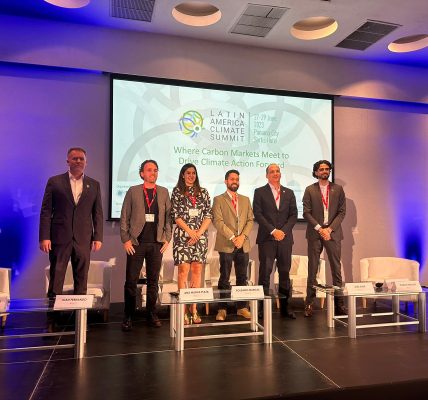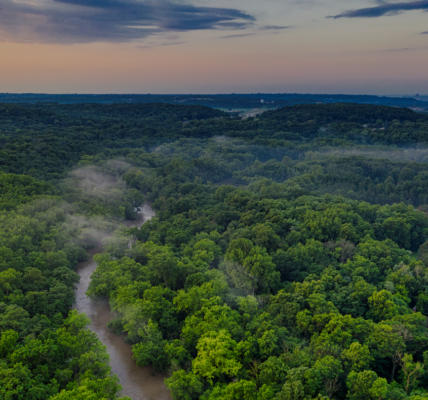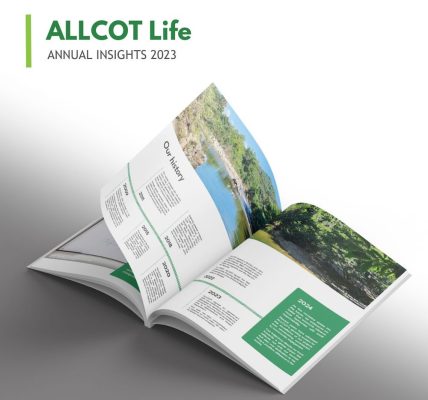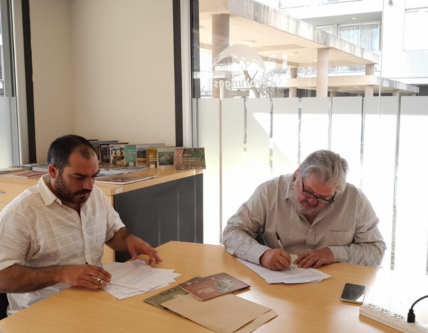The Jujuy region in Argentina wants to take advantage of its native forests’ potential
Improved Forest Management (IFM)
The Ministry of Environment and Climate Change of the Province of Jujuy, along with 38 producers and organizations and the technical support of ALLCOT, are studying the feasibility of carrying out an Improved Forest Management (IFM) project that allows them to take advantage of the potential of their native forests.
According to the publication of the National Scientific and Technical Research Council of Argentina –CONICET, “the Yungas provide multiple timber and non-timber forest resources of regional importance, play a key role as a provider of ecosystem services and are home to extraordinary biodiversity.”
Thus, this region, which has more than three million hectares, has the potential, in terms of ecosystem services, for the generation of carbon credits.
Seeking to ensure that native forest plantations are sustainable
A project of these characteristics would make it possible to stop the degradation of the territory where, according to CONICET, “30% of the Yungas have been transformed to other land uses and the remaining forests have been degraded by unsustainable forest exploitation and by extensive cattle ranching that are not handled properly.”
The proposal of the Ministry of Environment and Climate Change of the Province of Jujuy and ALLCOT is for the project to be certified under the standards of the Forest Stewardship Council – FSC. This certification seeks to ensure that the plantations are sustainable, based on the development of measures to ensure that the owners incorporate appropriate forestry techniques and thus improve timber harvesting yields.
Nature-based solution (NbS) for native forests
In this regard, Angélica Beltrán, ALLCOT’s Senior Manager of Nature-based solutions for Latin America, was emphatic in saying that “in order to generate carbon credits, it is necessary to think about a long-term project, in addition to improving practices, implementing a reduced-impact logging, change the felling and perform intermediate rotation”.
After the project socialization meeting with the community, the people of the territory interested in participating will be identified so that the technical and financial components of the project can begin to be structured.






